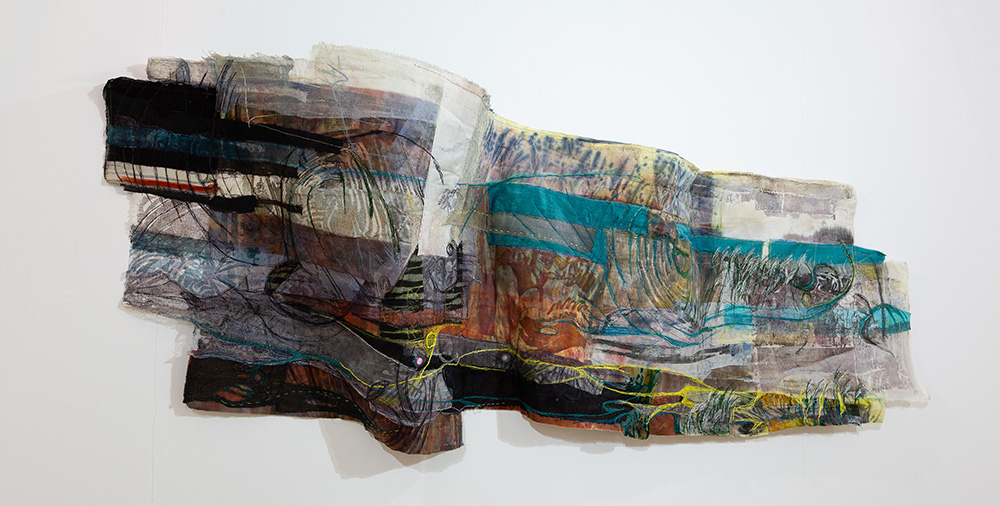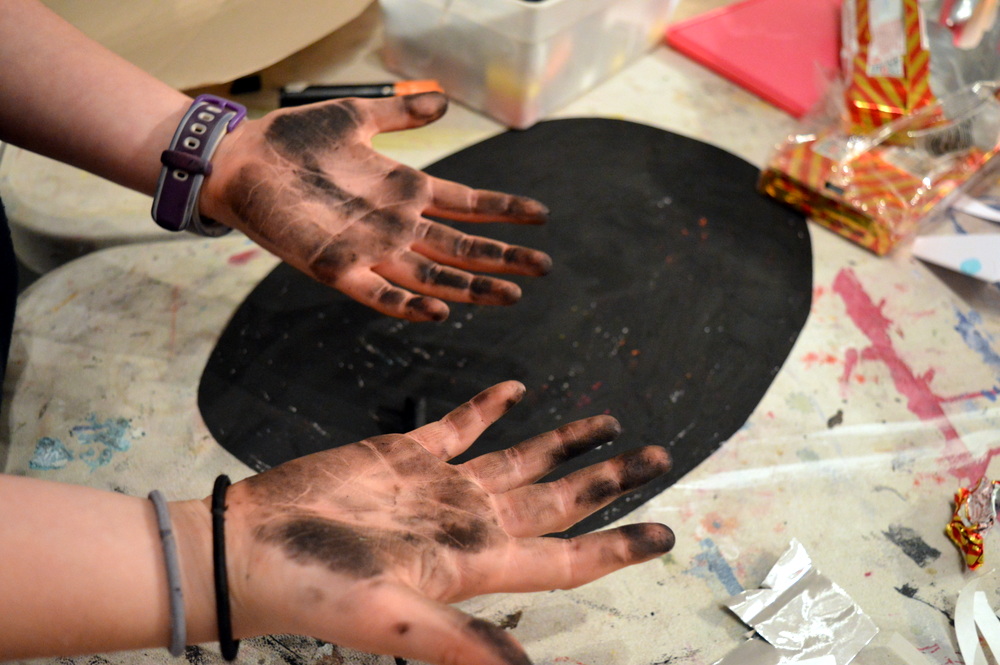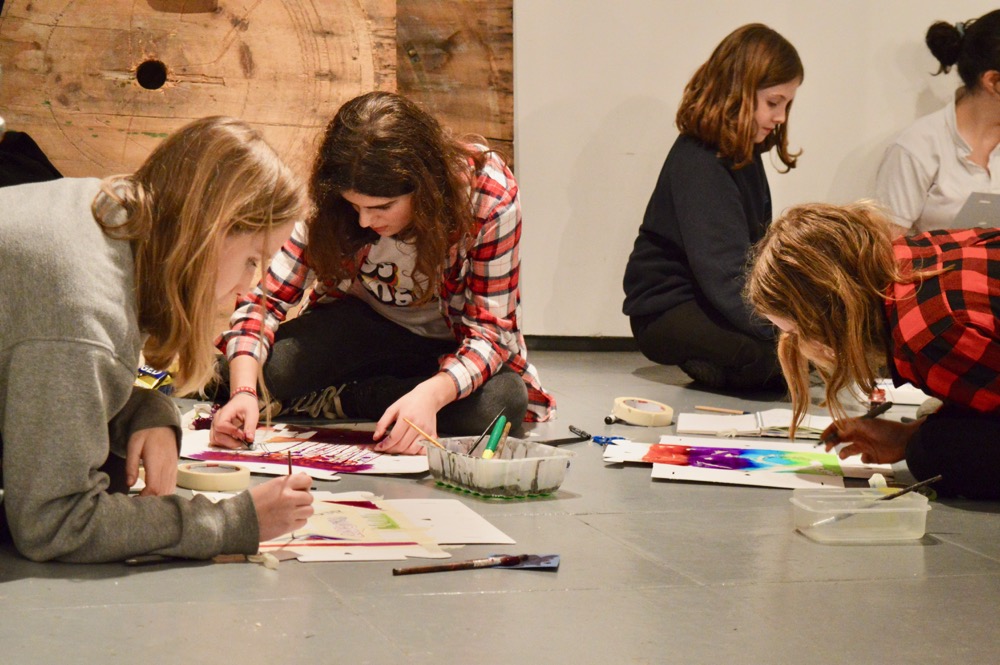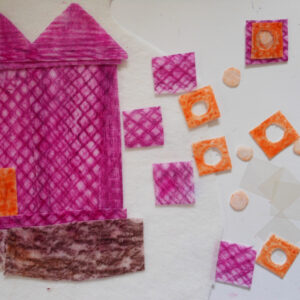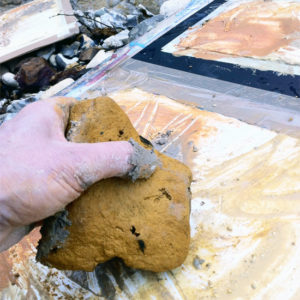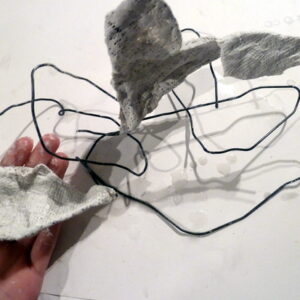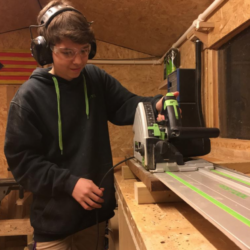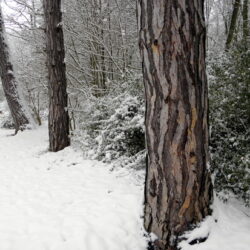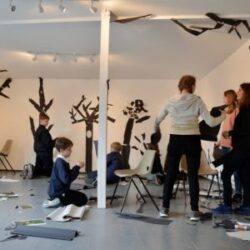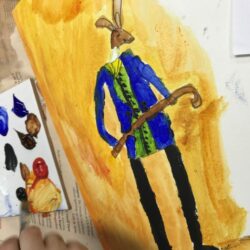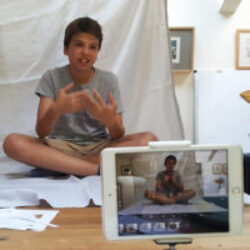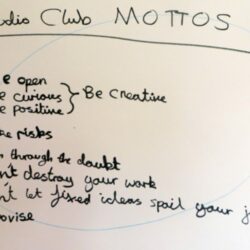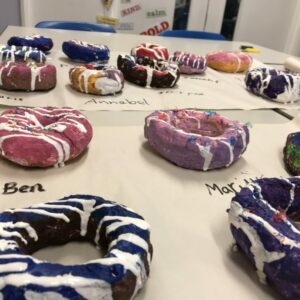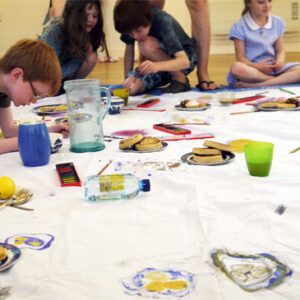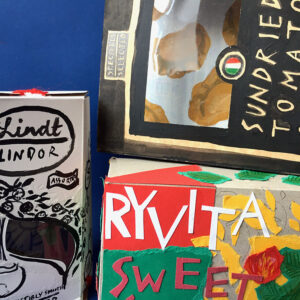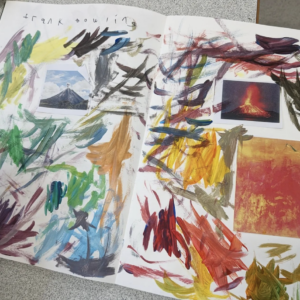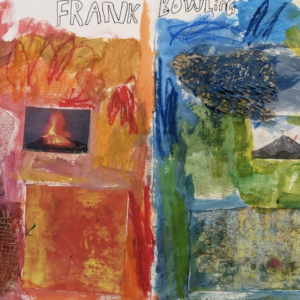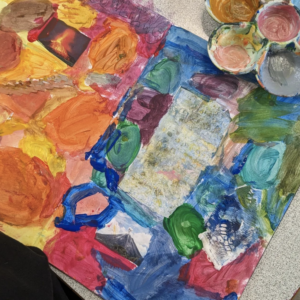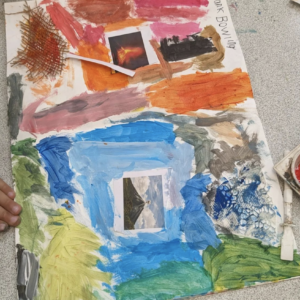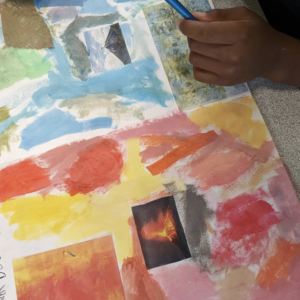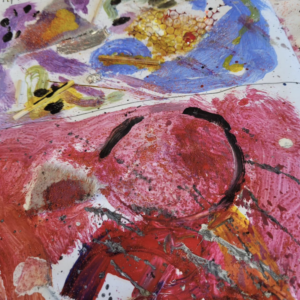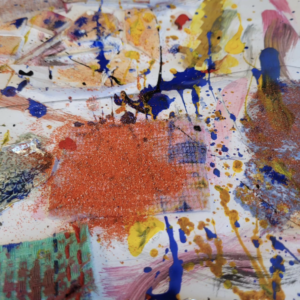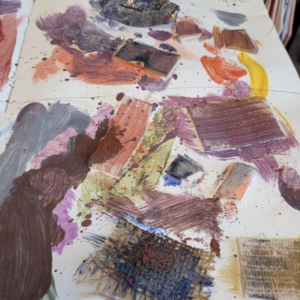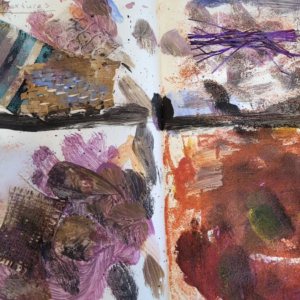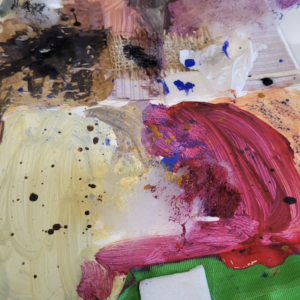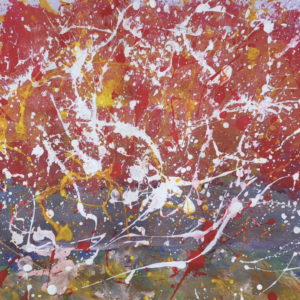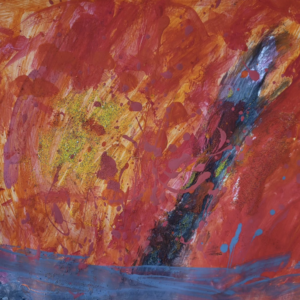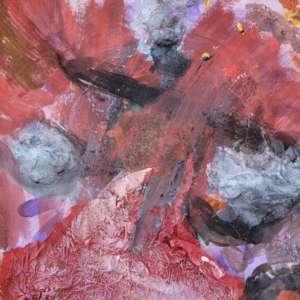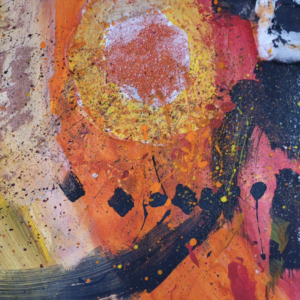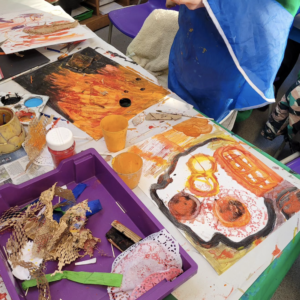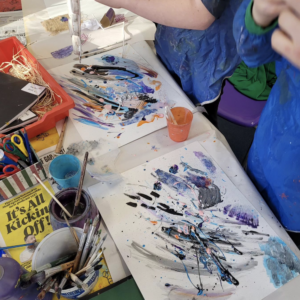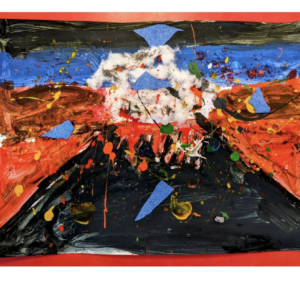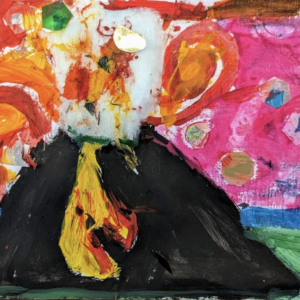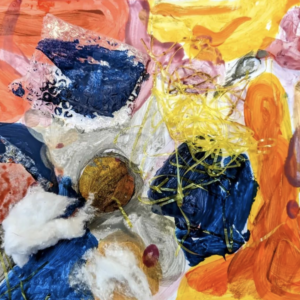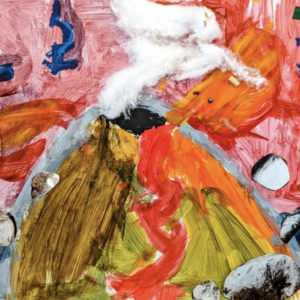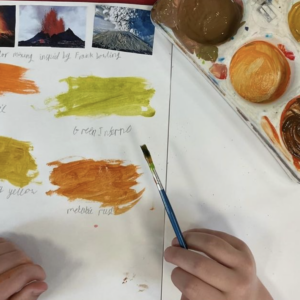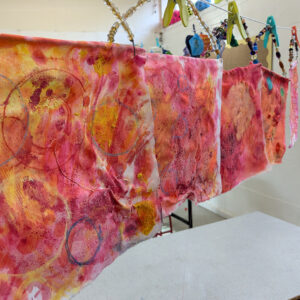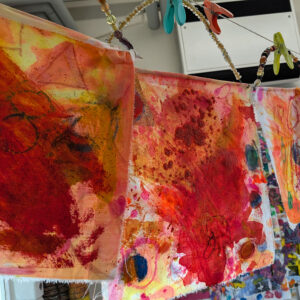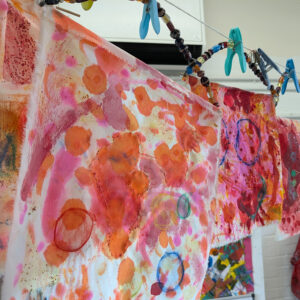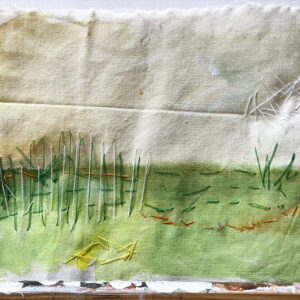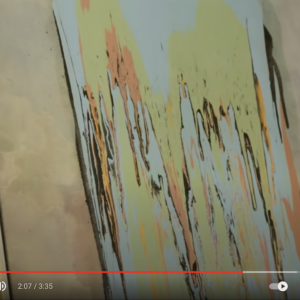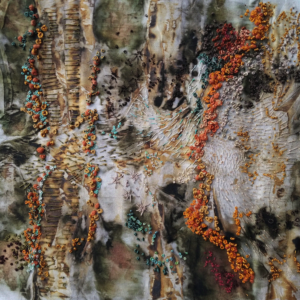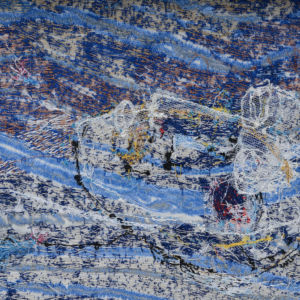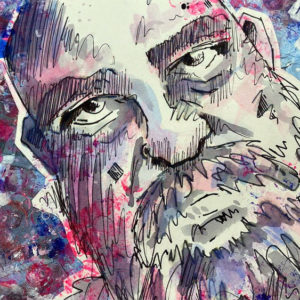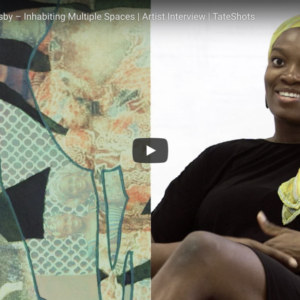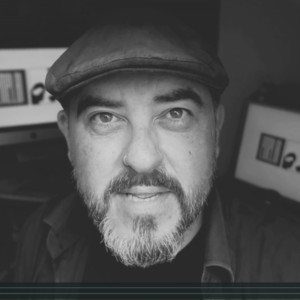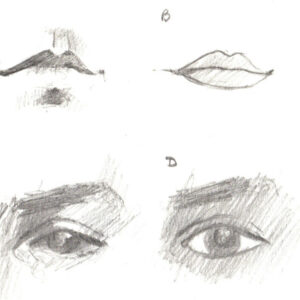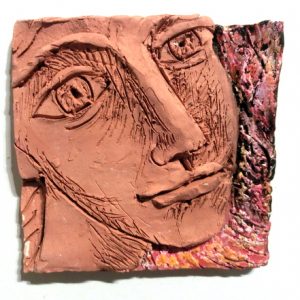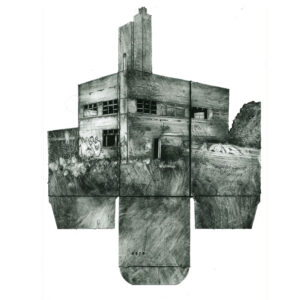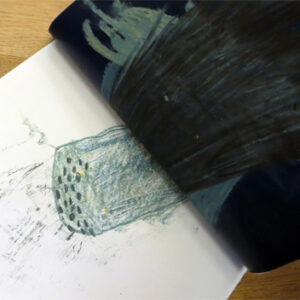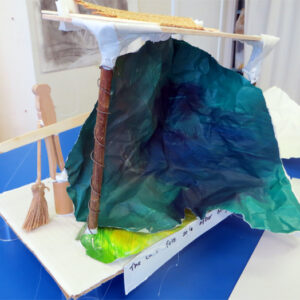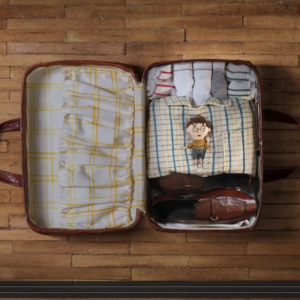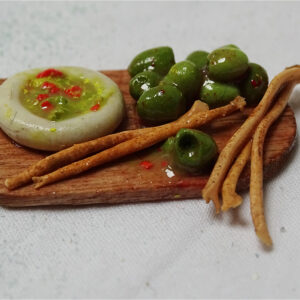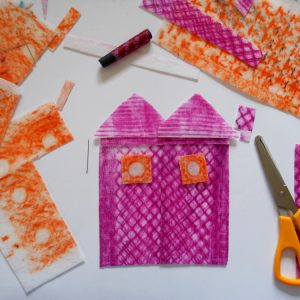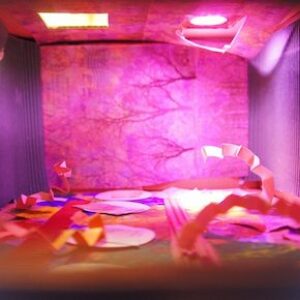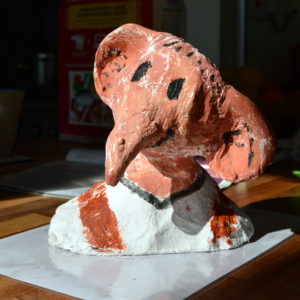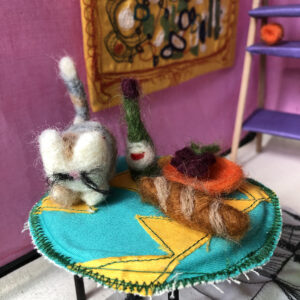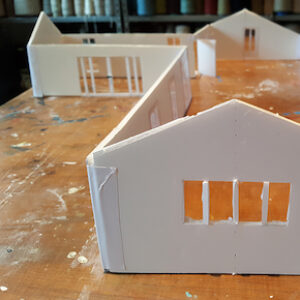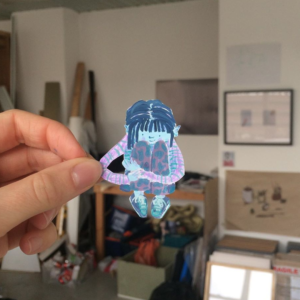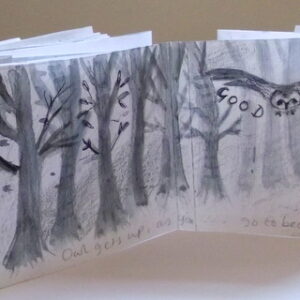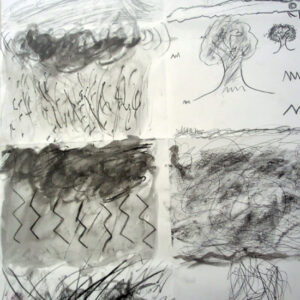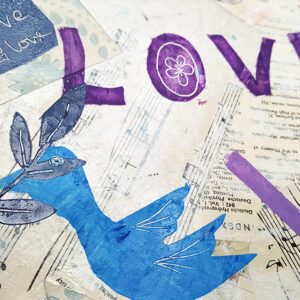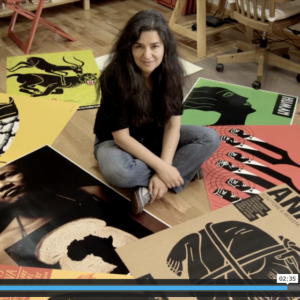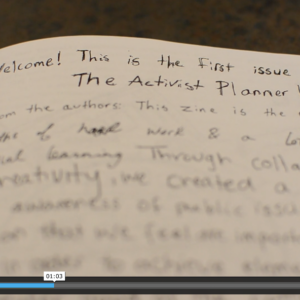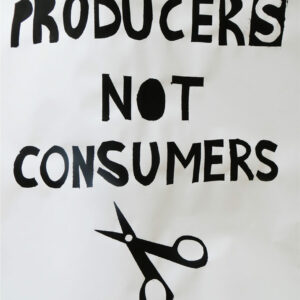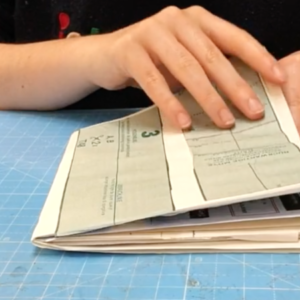Are you an Upper KS2 or Lower KS3 teacher planning on studying Shakespeare as part of your English Literature curriculum? If so, AccessArt needs your help!
We are thrilled to announce the launch of a brand new project that links the visual arts with Shakespeare – and we are looking for schools to take part in the project pilot to help us gather evidence for a series of inspirational resources that explore new ways to study Macbeth, Romeo & Juliet and A Midsummer Night’s Dream.
The focus of the project delivery will be through visual arts sessions, but with strong links to aspects of the literacy curriculum such as knowledge and comprehension of language, reconsigning themes, and comparing characters when discussing dramatic literature.
What do you need to do?
- Let us know if you would like to take part (see details at bottom of the page)
- Be able to deliver a short series of visual arts activities, pre-planned by AccessArt, that explore one of the plays listed above during the Autumn term 2021 or Spring term 2022.
- Come along to a drop-in Zoom session/s where we will be providing practical demonstrations of some of the activities that support the project delivery
- Document the activities taking place (preferably with a colleague to assist) and send the named and captioned photos to us
- AccessArt will then pull all the evidence together to create a series of Shakespeare resources on the website which we can share with our wider UK and international teacher and artist community
Interested? Let us know! Please email rachel@accessart.org.uk answering the following questions:
- Why you would like to take part in the project and why it appeals to you
- What Key Stage the participating children would be
- What your play preference is out of Macbeth, Romeo and Juliet or A Midsummer Night’s Dream
We are looking for approximately 5 schools to take part in this initial pilot. A full project breakdown will be sent to all participating schools and the pre planned sessions will be made available by June 30th
We look forward to hearing from you!
